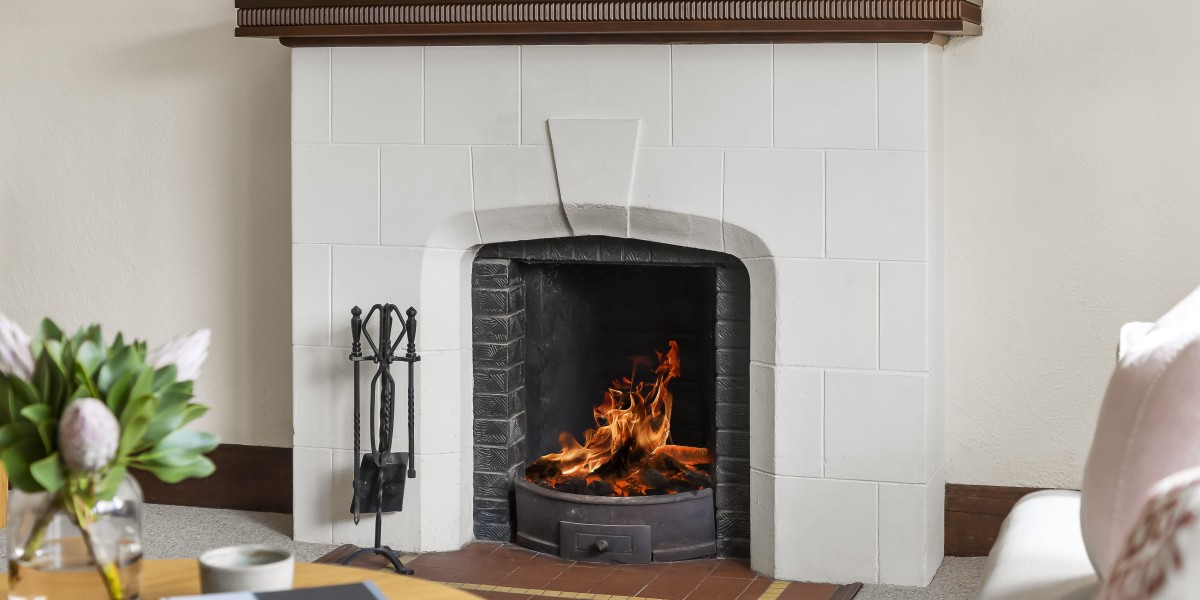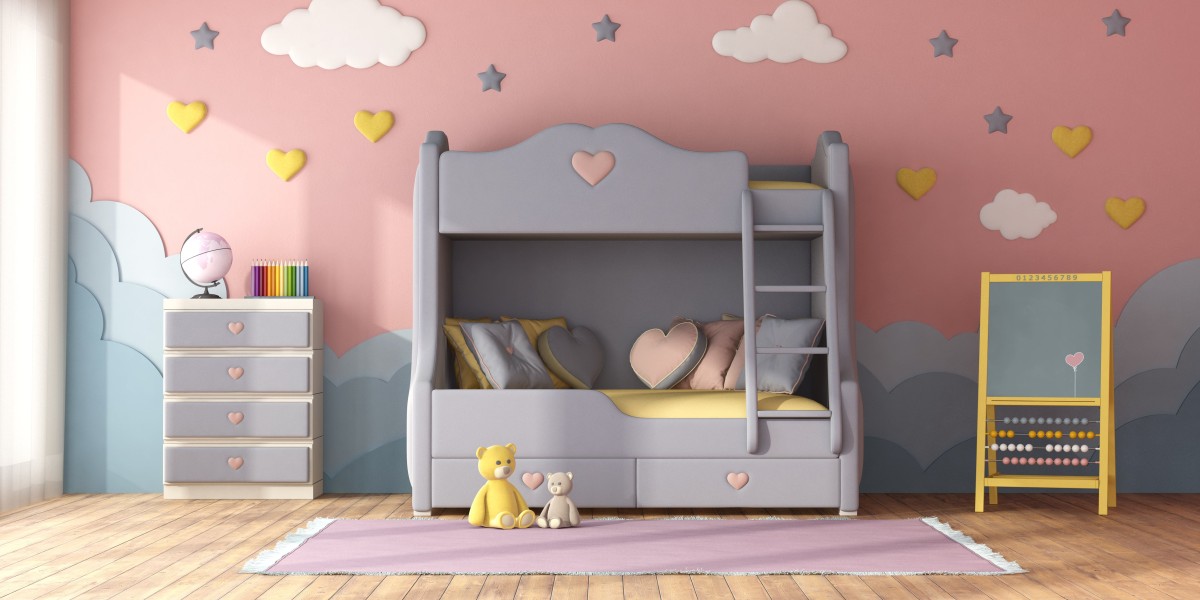Whether you use a fireplace for warmth or aesthetics, the right surround can make your living space more unique. However, choosing a fireplace surround that complies with standards and is safe can be a daunting task.
 Fortunately, these custom built surrounds are constructed using non-combustible materials that adhere to the National Fire Code. They look stunning in any home style.
Fortunately, these custom built surrounds are constructed using non-combustible materials that adhere to the National Fire Code. They look stunning in any home style.Simple Concrete Surround with Slabs of Marble
A fireplace surround can be a focal point within an area and it can add warmth and charm. It is made with a range of materials and be designed to match different styles of design. It is essential to consider the style of the room and the budget before deciding on a fireplace surround design.
Marble fireplace surrounds offer a sophisticated appearance that can be paired with many different styles of design. They can be combined with rustic woods and modern metals to create an unique, contemporary look. Marble is easy to maintain and can withstand extreme temperatures making it a good option for a surround.
Stone is an elegant fireplace surround material that has a timeless appeal and is suitable for many homes. It can be carved or etched for an updated look, or left untouched to give it a traditional feel. Stacked stone veneers are another popular option that can be used to give depth and texture to the interior of a room.
Granite is a popular choice for modern fireplace surrounds since it is durable and able to heat extremely well. It is available in many patterns and colors making it possible to create a variety of designs. Quartzite can be molded and shaped to fit a modern surround.
Installing a concrete surround for a fireplace could be a possibility for DIYers. It may seem like a daunting task but it's much simpler than you think when you collaborate with an expert and prepare ahead.
A professional is also recommended when creating a marble fireplace surround because it requires particular attention to avoid damage. A skilled carpenter can help you to avoid costly errors.
If you're planning to use tiles for your fireplace surround, ensure it's approved for high-temperature use. This information is typically found on the label, or you can ask a staff member at the home improvement store.
Leaning Frame Surround
The fireplace surround is a vital design element that can transform the whole space. It's not just designed to look attractive, but also has a functional purpose that is to safeguard the wall behind the fireplace from fire damage and also to help reflect heat away from the room. It is available in a variety of materials and is customizable to fit any style or design.
The right material is essential to achieve a definite aesthetic. Concrete is a great choice due to its durability and non-flammable. It also offers an appealing visual appeal thanks to its natural texture and color. It is usually poured in molds to give you the possibility of making unique shapes.
When you design your leaning frame, be sure to add layers. This will make the frame appear curated and intentional rather than just randomly placed on the wall or on the shelf. Leaning frames can be dangerous and should be avoided if you plan to display heavy objects like lamps or vases, put a small piece of drawer liner made of rubber under the base to prevent them from sliding or damaging surfaces.
If you're using a marble or concrete surround, you might want to consider putting a wooden board on the bottom to keep it in the right place. It will also help reduce the weight and stop the object from shifting while you enjoy a cup of wine or coffee in the fireplace.
Once you've chosen the material for the frame's leaning surround, it's time to start making the actual piece. First, mark the wall you're building with the dimensions of the surround and use a saw to cut cleats on each of these marks. Ensure that the top cleat is at least 1 foot shorter than the shelf.
Next, screw the brackets onto the wall. Make sure the bolts go through the backerboard and into the stud. If necessary, drill the screw holes. Then, you can temporarily fix the mantel to the backer board. Attach the mantel to the studs using the lag bolts (2-4 bolts per stud). Make sure the bolts are long enough to cover 2/3 of the mantel depth plus the thickness of the backer board.
Black Firebox Surround
Fireplace surrounds play a functional and decorative function. They protect walls against heat damage and also reflect some of the heat into the room and make a fire more of an eye-catching feature in the space. Metal and wood are the most popular materials used to construct fireplace surrounds. Metal surrounds can be required by building codes to safeguard nearby combustible surfaces or they can simply enhance the aesthetic of a fireplace to make it appear more complete.
This fireplace is a modern living space with an all-black surround and white marble accents. The stone is a higher-end material that requires more attention than a wooden mantel, but it provides a dramatic and striking design element to the room. The black finish also joins together the dark tones of the wood flooring and furniture to create an attractive look.
While you may think of concrete as a material for sidewalks and driveways, it is an extremely versatile and attractive material for fireplace surrounds. It can be poured on top and formed into any shape, offering you almost limitless design possibilities. The concrete surround was formed to create a curved design. It has modern and sleek appearance that is in contrast to the darker hues of the brick wall and flooring.
Another popular material for fireplace surrounds is wooden, which is available in a variety of colors and textures to fit into any decor. Wooden surrounds are less heavy and more affordable than brick surrounds and can be finished to match the color of your existing hearth pad. Most wooden surrounds can accommodate decoration for your mantel including lamps and vases.
Some wood surrounds come with an edging that covers the mantel's top and houses the fireplace doors. This plate can be attached to the mantel with hinges or decorative fasteners which resemble the appearance of iron.
When choosing a mantel made of wood or metal fireplace surround It is essential to take into consideration the height of your chimney. Building codes specify minimum clearance distances to stop the spread of a fire into the home. The distance will differ based on the type of fireplace used and may also vary from country to country or state to state.
Simple Wood Surround
There are many options for surrounds if you wish to give your fireplace a classic appearance. Certain surrounds are constructed of solid oak, while others include stone legs with pine or oak mantels. There are also oak or pine fire surrounds designed to be a simple and affordable option.
Many people opt to buy pre-made wood fireplace surrounds as it's an economical way to achieve the look they desire without hiring a carpenter. Certain pre-made pine fireplace surrounds are available in a range of different finishes to make it a part of your existing decor.
Another type of wood fire surround is one that has been handcrafted from high-quality oak. It can be stained to a light oak colour or left untreated to allow the natural light golden brown of the wood to shine through. This fireplace surround is ideal for wood or gas burning fireplaces and can be installed either with an arched or flat opening.
If you have a bit more experience with DIY home improvement projects, there's a wealth of tutorials available online to help you to make your own wood fire surround. This step-by-step tutorial from H2O Bungalow shows you how to create a rustic wood surround using pine.
The tutorial teaches you how to build the horizontal part and then the vertical pilasters that support the mantel. After these are built then you can build the mantel itself. Finally, the tutorial shows you how to attach the crown molding which will cover up any gaps between the cladding and the surrounding wall.
It is important to follow the local fire code when installing a wooden surround around the fireplace. You should keep the surround 6 inches from the edge of the opening. It is also crucial to use a non-flammable glue to attach the decorative molding and ensure that it remains in place after the surround is put in place.





